Mochi Takes up Residence in Paris
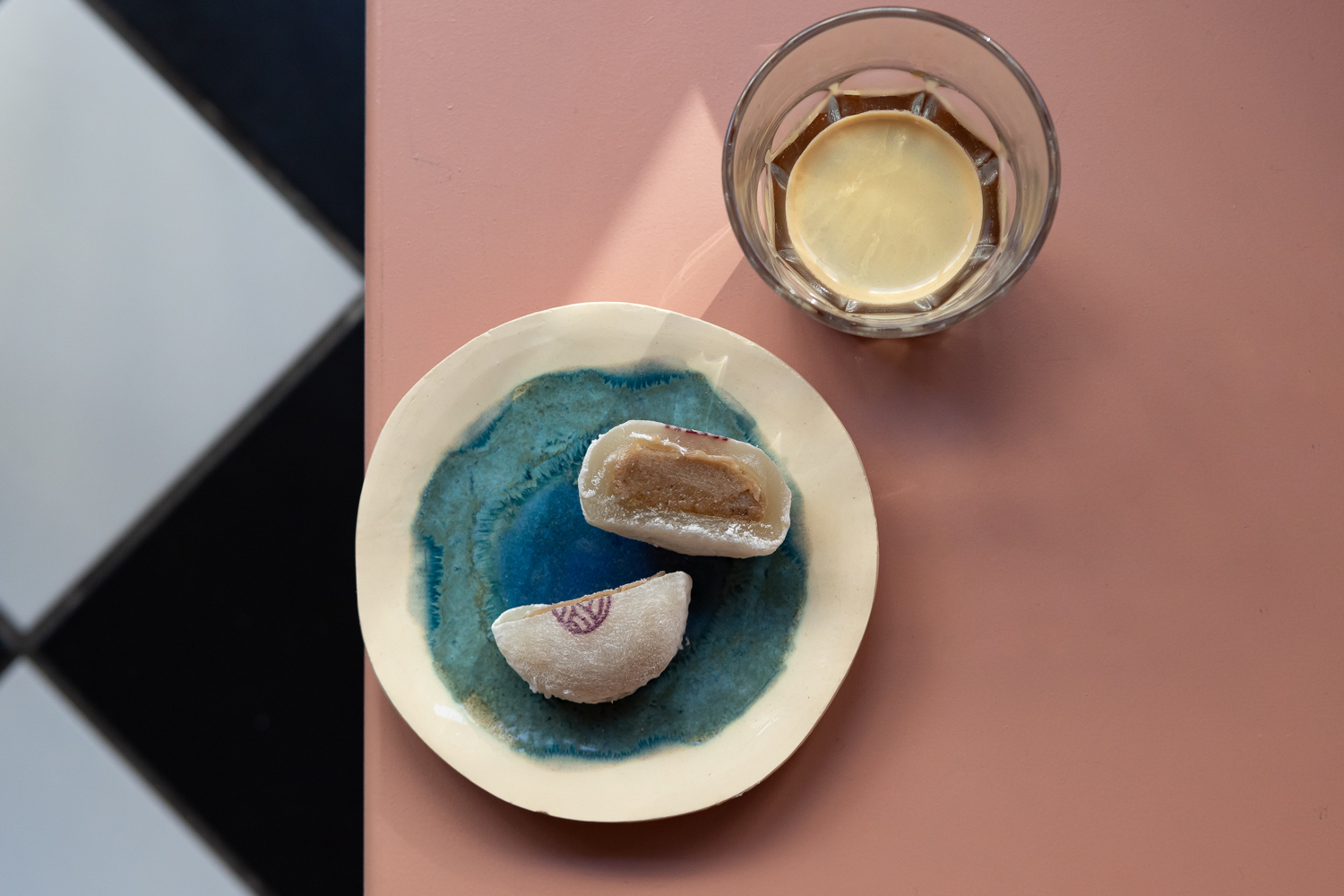
Lisa Klein Michel - Agence Lucky
Everything about them exudes sweetness, smoothness and pleasure. And with good reason: in Japan, mochi are eaten during the tea ceremony to sweeten the bitter flavour of matcha. With the daifuku variety, the sticky rice exterior reveals a soft centre of anko, red bean paste. The flavours are far from those found in our traditional cakes and pastries, and Mathilda Motte, founder of La Maison du Mochi, has made it her mission to introduce them to a French audience.
From an online shop that opened in 2016 to Parisian branches in the Saint-Germain-des-Prés and Marais districts of Paris, via friendly workshops in Touraine, La Maison du Mochi offers more than a tasting experience: it’s an education in Japanese patisserie.
A far from simple preparation process
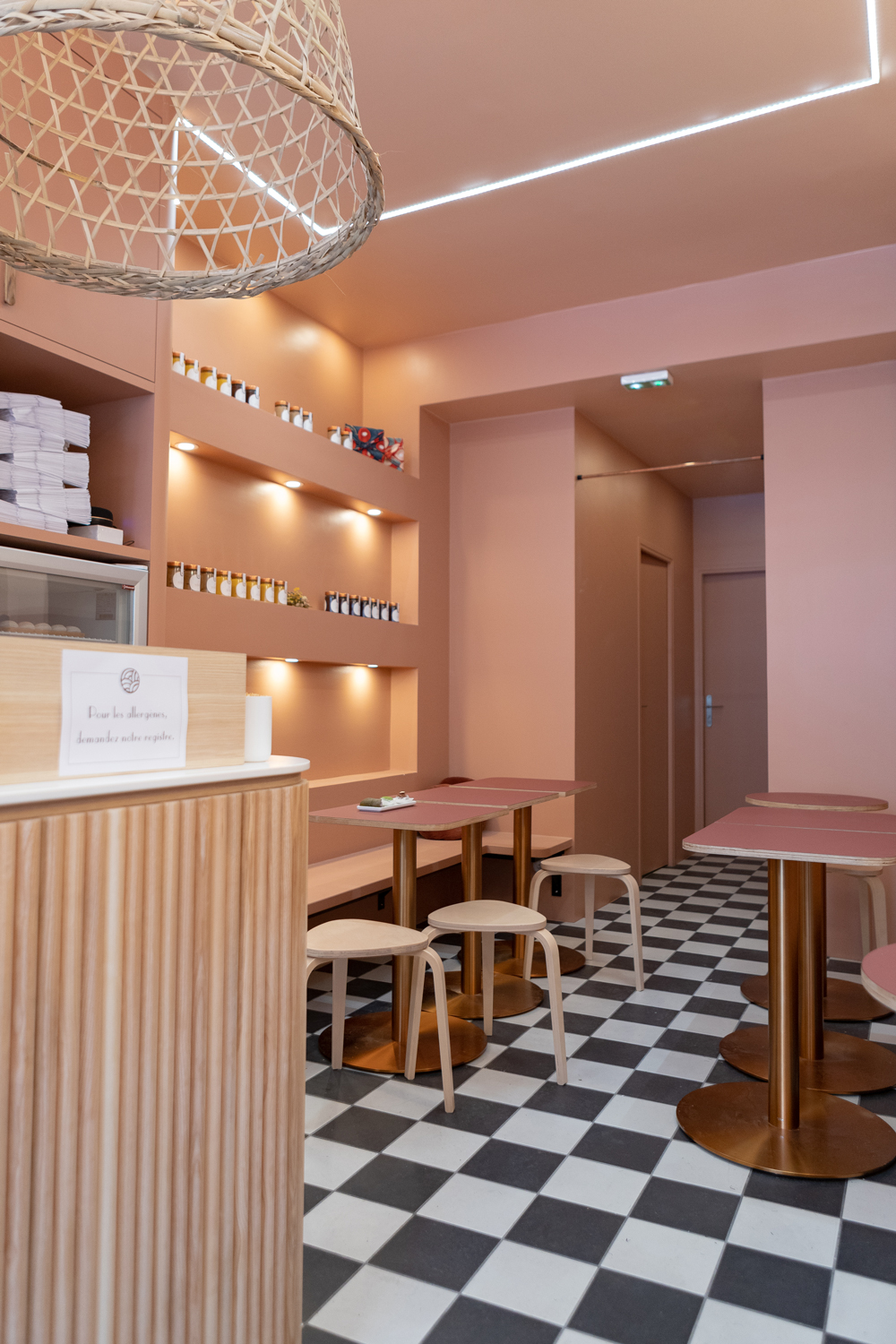
Lisa Klein Michel - Agence Lucky
Mathilda Motte discovered mochi while living in Japan for a year. Her Japanese teacher gave her the recipe for this rather complex dessert which is rarely made by the Japanese at home, a little like the croissant in France. It takes 48 hours to make the anko paste alone. Prior to discovering mochi, this art history graduate had only ever seen baking as a hobby.
When she went back to France, her craving for mochi returned, but getting hold of some of the necessary ingredients needed to make these round, plump cakes proved difficult. One of these was shiratamako (sticky rice flour). Mathilda Motte therefore replaced it with arrowroot starch found in COOP or with pancake mix, which has similar properties to sticky rice. As for anko, red beans are easy to find.
Mathilda Motte decided to make mochi from her kitchen in the village of Touraine and set up a website with the help of her husband to sell them. Mochi is an entirely plant-based cake which needs to be stored at an ambient temperature in adequate packaging to preserve its soft and elastic texture. It therefore lends itself very well to being sold online.
A mochi halfway between France and Japan
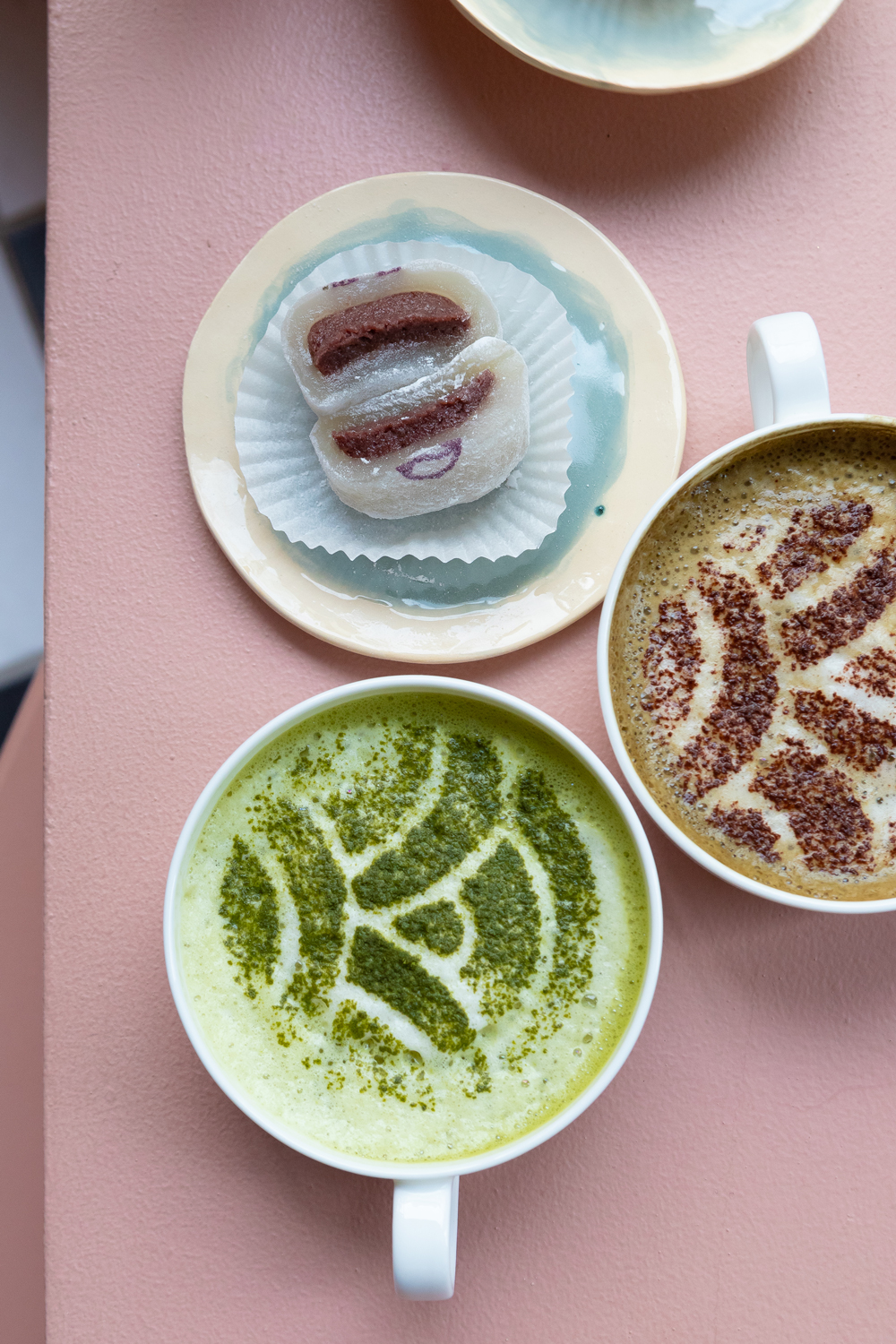
Lisa Klein Michel - Agence Lucky
Mathilda Motte’s aim was to create a French-style mochi, and thus to offer a subtle mix of Japanese tradition and the art of French patisserie. She decided to offer one type of mochi, daifuku, and adapt it for a French audience by making its exterior particularly soft. The Japanese tend to prefer more rubbery textures, as illustrated by the success of octopus and cuttlefish sashimi.
But Mathilda considers it important that her mochi maintain a Japanese flavour, with a very simple and rustic red bean cream. ‘In France, “bland” is a negative adjective’, she confides, ‘but in Japan, it evokes sobriety, gentleness and a flavour that’s non-invasive’.
This mix of cultures can be seen in the different flavours offered by La Maison du Mochi. The traditional, permanent range offers yuzu, matcha and black sesame mochi to satisfy the purists. This is then contrasted by a repertoire of French flavours, which would be unimaginable in Japan where deviating from traditional flavours is seen as sacrilege. The French-style mochi therefore have a lemon-, hazelnut-, pistachio- or almond-flavoured centre. The latter is the classic French flavour which is found in many different cakes and pastries like the macaroon, a distant cousin of mochi owing to its shape.
Savouring the seasons
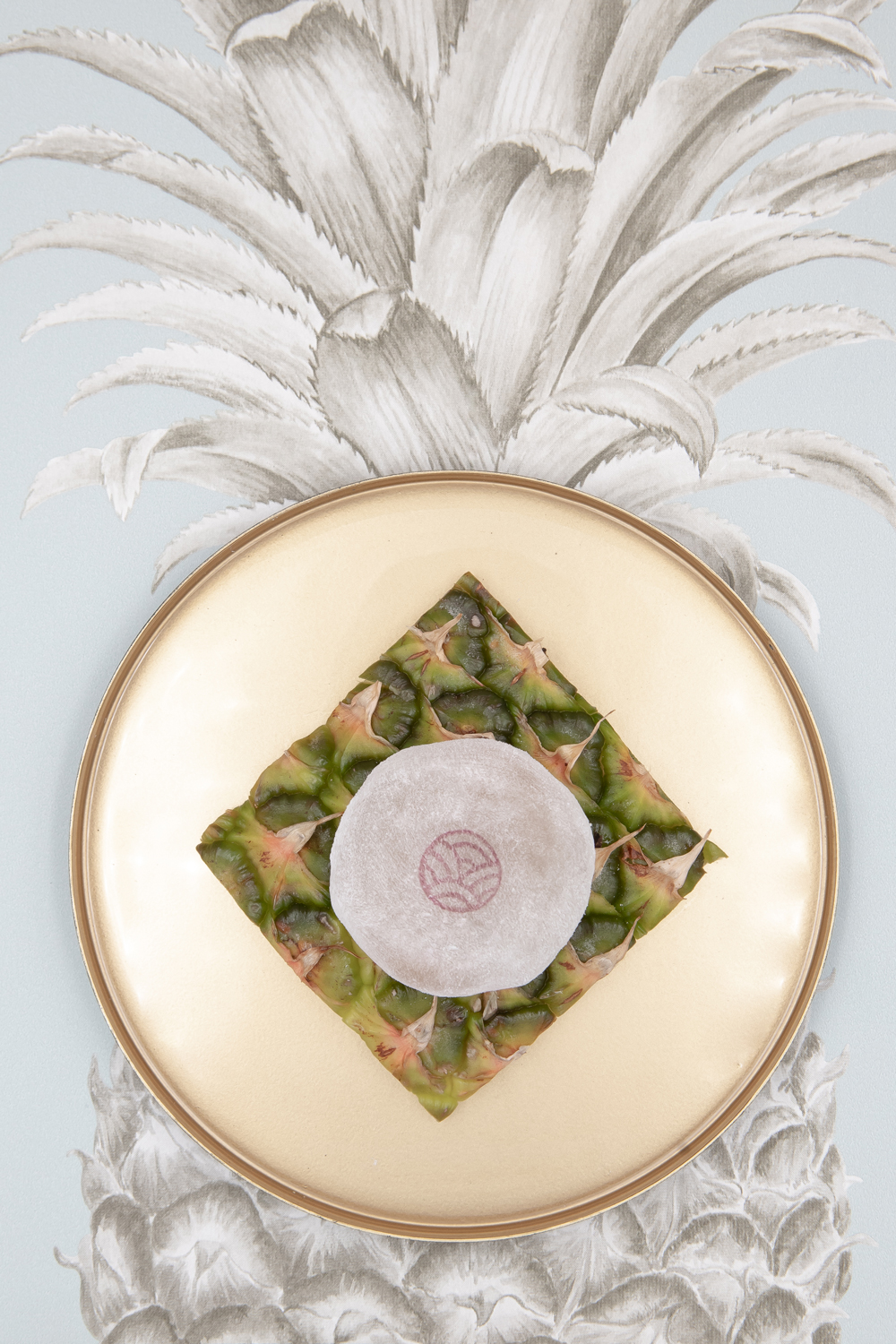
Lisa Klein Michel - Agence Lucky
Alongside the permanent range are the ‘flavours of the month’ which fit with the seasons, in the purest Japanese tradition. In Japan, daifuku mochi is a staple for New Year celebrations and is made in various different versions. Another type of mochi, dango mochi, is eaten during Tsukimi, the full moon festival which takes place at the start of autumn.
La Maison du Mochi offers a popular seasonal version of daifuku mochi: cherry blossom-flavour sakura mochi wrapped in an edible pickled cherry leaf, which adds an acidic note to the sweetness. It’s one of the centrepieces of hanami in Japan, the big picnic events held in spring under cherry trees. La Maison du Mochi also offers a daring interpretation, the Morello cherry sakura mochi which combines cherry with cherry blossom.
The cakes can be found on La Maison du Mochi’s website or in one of its Paris boutiques which act as tea houses and where visitors can also enjoy a pot of mochi cream so they can enjoy the flavour of the centre of this Japanese delicacy in the form of a spread.
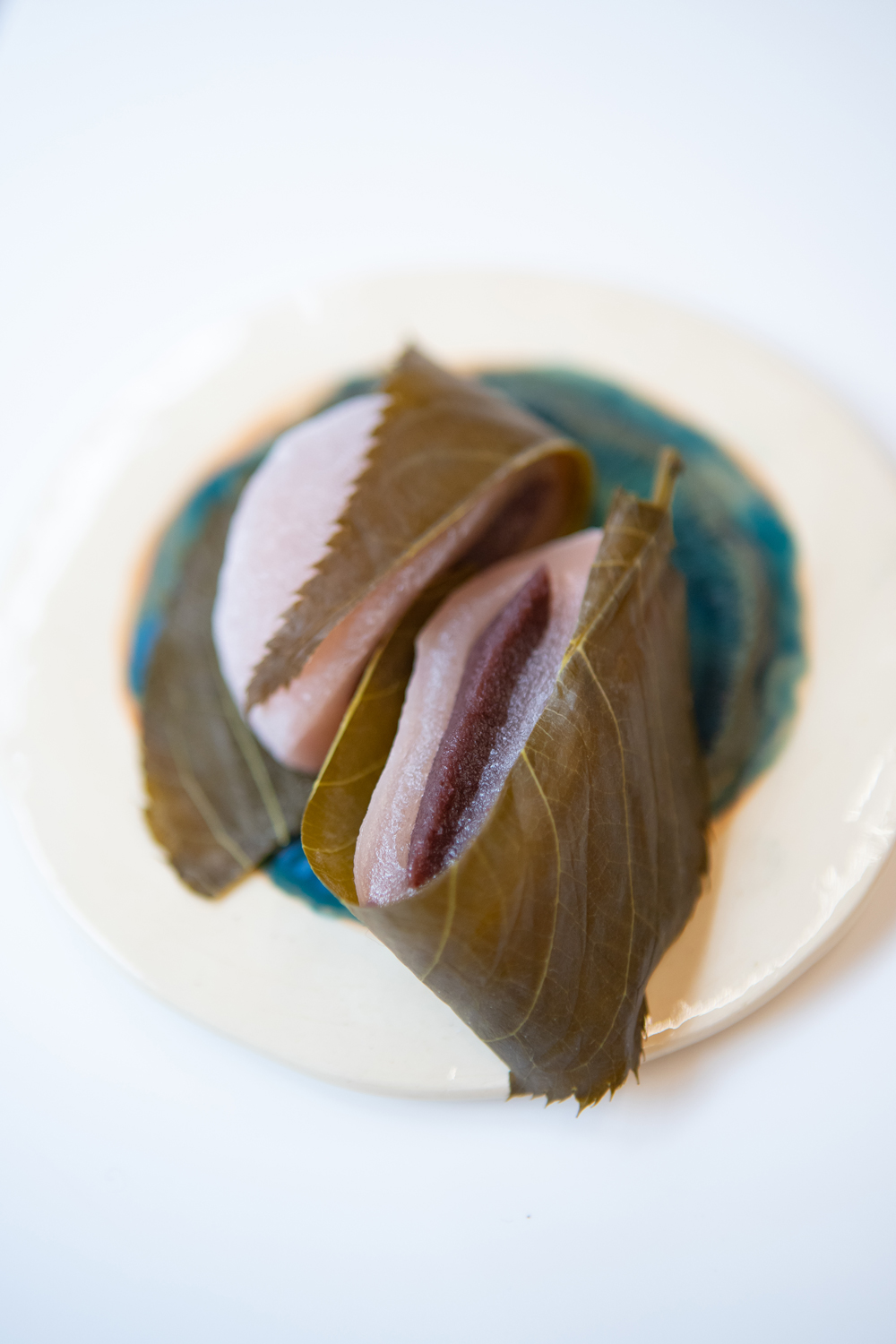
Lisa Klein Michel - Agence Lucky

Lisa Klein Michel - Agence Lucky

Lisa Klein Michel - Agence Lucky

Lisa Klein Michel - Agence Lucky
TRENDING
-
The Tattoos that Marked the Criminals of the Edo Period
Traditional tattoos were strong signifiers; murderers had head tattoos, while theft might result in an arm tattoo.

-
Chiharu Shiota, Red Threads of the Soul
Last year, more than 660,000 people visited the retrospective 'Chiharu Shiota: The Soul Trembles' exhibit at the Mori Art Museum.

-
‘Before Doubting Others, Doubt Yourself. Who Can Truly Say a Dish Isn’t What It Used to Be?’
In ‘A Non-Conformist’s Guide to Surviving Society’, author Satoshi Ogawa shares his strategies for navigating everyday life.

-
The Story of Sada Yacco, the Geisha who Bewitched Europe
Described by Dazed magazine as the first beauty influencer, she has been restored to her former glory since 2019.

-
Ito Jakuchu's Naturalist Paintings
From 15 September until 14 October 2018, the Petit Palais showcased the artist's iconic ‘Images of the Colourful Realm of Living Beings’.





